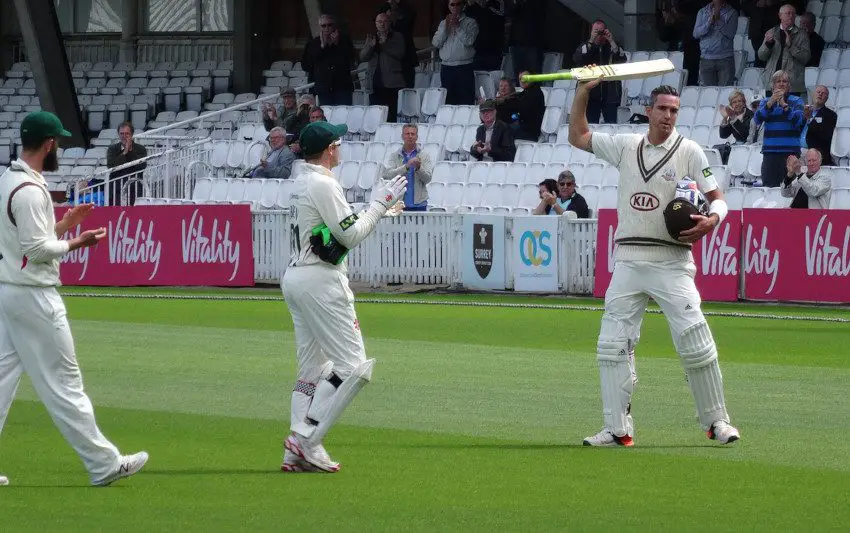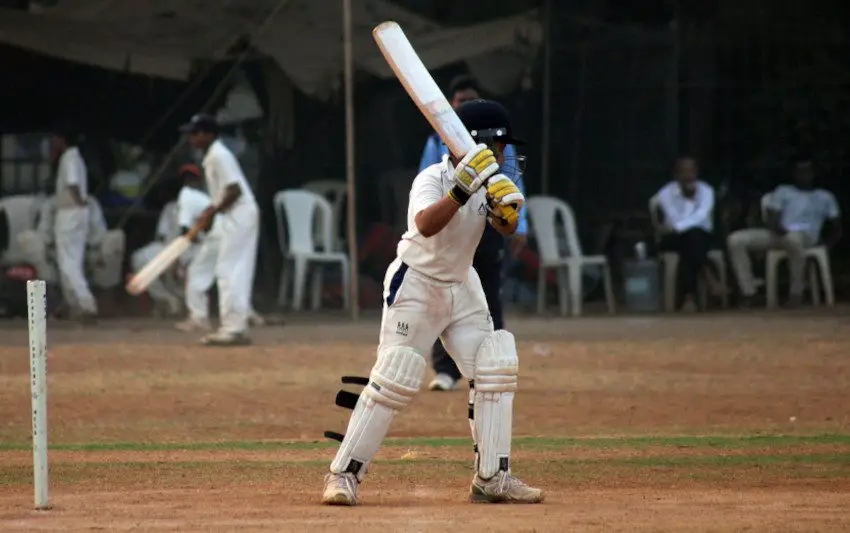Table of Contents
At times, the state of a game means that batters have to score more slowly than usual. On other occasions, those batters are simply more pedestrian than others. Here is a list of lowest strike rates in test innings with a minimum of 150 balls faced.
Who has the Lowest Strike Rate in Test Cricket?
The player with the lowest strike rate in the history of test cricket is Hashim Amla. Playing for South Africa against India in 2015, Amla made an individual contribution of 25 runs in 244 balls.
Amla’s strike rate in this innings equated to 10.24 runs per 100 balls faced.
Top 5 Lowest Strike Rates in Test Cricket – (Min 150+ balls)
Hashim Amla – South Africa, 2015
The criteria used here requires a single innings in test cricket where the batter has faced at least 150 deliveries. We’ve seen what happened with Hashim Amla, but it’s useful to put the innings into context.
South Africa were batting last in this test match against India and were chasing a huge target of 481 to win. Amla was simply looking to preserve his wicket and that’s why he took 244 balls to score 25 runs. Sadly for his side, it didn’t work and South Africa slumped to defeat by 337 runs.
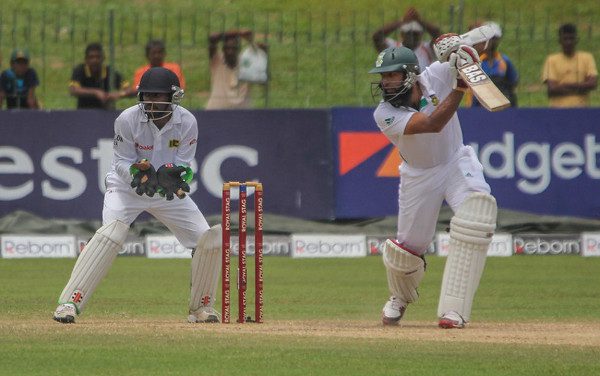
Jack Russell – England, 1995
Those who are familiar with Jack Russell’s career will have already guessed the circumstances of this innings. This is the game where Russell and Michael Atherton batted out time heroically to save a test match.
England were set 479 to win the game in Centurion, but their chances were slim as they lost wickets steadily. Atherton and Russell came together to save the match with the latter making an undefeated 29 from 235 balls for a strike rate of 12.34.
Jos Buttler – England, 2021
He’s known as an explosive batter in limited overs cricket, but Jos Buttler played a very different role in this test match. This was the second test of the 2021/22 Ashes series and it was a day/night game played in Adelaide.
Australia had been on top throughout and the tourists were left to chase an unlikely target of 468 in the fourth innings. They crumbled to 86/5 and would eventually lose, but not before Buttler had played a marathon innings to try to save the match.
He scored 26 from 207 balls for a strike rate of just 12.56 and his knock was ended in the most unfortunate way as he trod on his stumps.
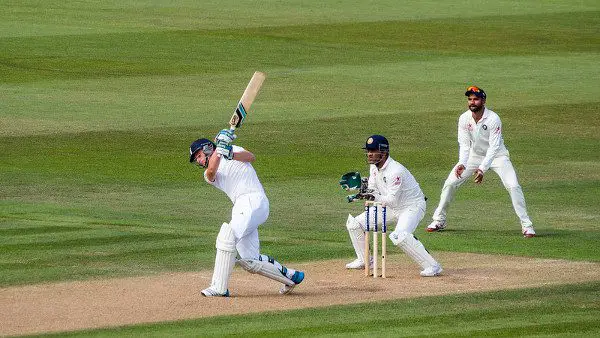
Aravinda de Silva – Sri Lanka, 1994
Against Zimbabwe in 1994, Sri Lanka were in trouble after being forced to follow on. There was little hope of them winning the game, but there was a chance that they could go out and save it.
The explosive batter Aravinda de Silva then played an innings that was completely out of character. He proceeded to score 27 runs from 191 balls at a strike rate of 14.13. De Silva’s efforts were ultimately rewarded as Sri Lanka saved the game.
AB de Villiers – South Africa, 2015
AB De Villiers is another power hitter and many will be surprised to see him on this list. However, back in 2015, AB proved that he could play a patient knock when the situation in the game demanded it.
This innings came in the very same game where Hashim Amla topped this list with the lowest test strike rate to date. As the two men looked to save the test against India, De Villiers scored 43 runs from 297 balls at a strike rate of 14.47.
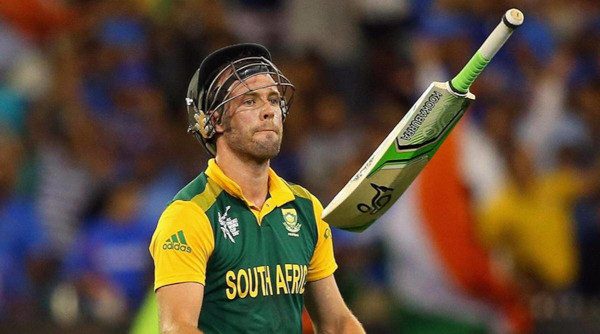
Conclusion
Some of the names on this list are really interesting. Who would have thought that Jos Buttler and AB De Villiers, two of the most explosive batters in the history of the game, would have been capable of producing such slow innings?
In the vast majority of cases, a slow strike rate will come about when a team is looking to save a test match on the final day. That’s largely been the case among the batsmen on this list.
It may not be exciting to watch, but it’s a fascinating part of the game and I think this is a list where we can all appreciate the marathon efforts of the players concerned.

